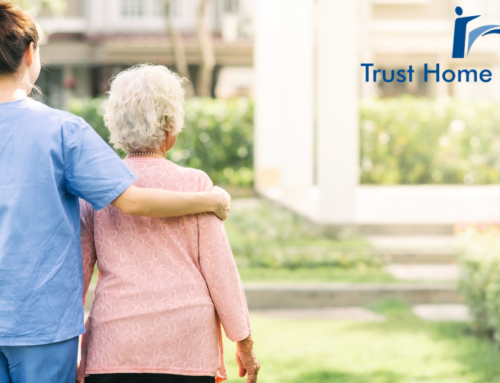Every year one out of four older adults, those 65 and older, suffers a fall. 1 These falls can be serious and costly. Many falls do not cause injuries, but one out of five causes a serious injury such as a broken bone or head injury. 2,3
Many conditions contribute to falls. Many of these risk factors can be modified or changed to help prevent falls:
- Lower body weakness
- Difficulties with walking or balance
- Some medicines can affect balance and steadiness
- Vision problems
- Foot pain or poorly fitting footwear
- Home hazards such as steps, throw rugs, or clutter
Most falls are caused by a combination of risk factors. Several things can be done to help prevent falls, such as:
- Talk with a healthcare provider to evaluate the risk
- Do strength and balance exercises
- Have eyes checked regularly
- Increase safety at home by clearing clutter, adding grab bars if needed, using non-slip mats in tubs and on floors
- Make sure there are handrails on all stairs
- Make sure there is adequate lighting
If in doubt about safety, check with a health care provider or a physical therapist, who may be able to help with suggestions and a plan for exercises to improve balance and strength. Home health can provide in-home fall-injury-prevention rehab with Medicare paying 100%.
- Bergen G, Stevens MR, Burns ER. Falls and Fall Injuries Among Adults Aged ≥65 Years — United States, 2014. MMWR Morb Mortal Wkly Rep 2016;65:993–998. DOI: http://dx.doi.org/10.15585/mmwr.mm6537a2
- Alexander BH, Rivara FP, Wolf ME. The cost and frequency of hospitalization for fall–related injuries in older adults. American Journal of Public Health 1992;82(7):1020–3.
- Sterling DA, O’Connor JA, Bonadies J. Geriatric falls: injury severity is high and disproportionate to mechanism. Journal of Trauma-Injury, Infection and Critical Care 2001;50(1):116–9






